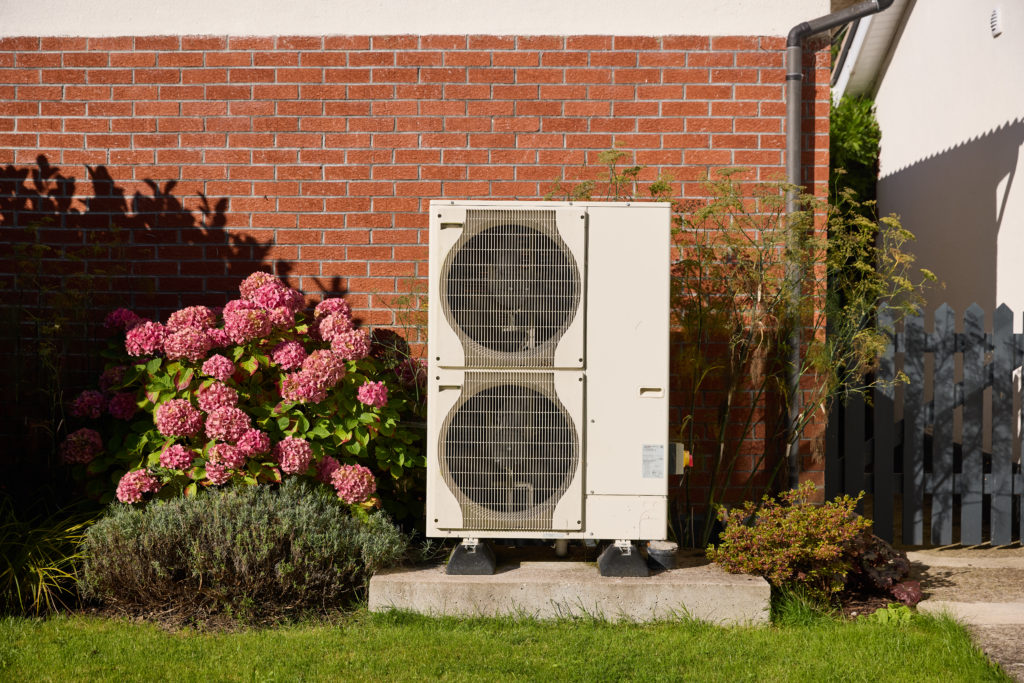
Dust mite sensitivity is one of the most common allergies and we sleep with lots of mites for company every night. It's the protein in their droppings to which allergy sufferers react. The droppings are so tiny, they can easily be inhaled.
When you sleep, your body sheds heat, moisture and dead skin flakes. Housedust mites thrive in this environment and old mattresses can house up to two million of these allergy-causing pests. Also, eczema sufferers can become prone to itching if they come into contact with the mite allergen.
As a result, asthmatics and those with breathing problems may find their symptoms get worse at night. So, if you're affected by allergies, follow these tips to make your bed an allergy-free zone.
Bedding
- Use complete barrier covers on your mattress, duvet and pillows. Putting anti-allergy covers on beds, or even just on pillows, traps the allergens - or dust mite droppings - and stops us from breathing them in.
- Wash bed coverings once a week at high temperatures of over 60C.
- Animal hair may also trigger allergies so always keep your pets out of your sleeping space.
- Pillows should be cleaned at least twice a year, blankets and duvets at least once a year. The mattress and pillows should be vacuumed weekly when changing sheets, pillow cases and duvet cover. Also vacuum curtains. As for all vacuuming, open the windows so dust can escape.
- If you can, buy unbleached, undyed organic cotton or linen sheets and bedding, or other natural fabrics such as silk, cashmere, wool and hemp. When you buy new sheets and pillow cases, make sure you wash them before sleeping on them.
- Try to use feather or organic cotton-filled duvets and pillows, as these natural fillings breathe better than synthetic alternatives.
- According to the Sleep Council in the UK, we excrete half a pint of moisture every night and shed 1lb of skin scales every year, which provides a constant source of food for dust mites. Therefore, we need to change beds every 10 years.
Other tips for a healthy bed
- Carpets attract house mites. Laying down wooden flooring in your bedroom is one of the best ways to limit them.
- Ideally you should not have cuddly toys on your bed, but if you do, put them in the freezer occasionally overnight to kill off mites.
- If you have a rug, vacuum it three times a week to banish dust and mould.
- Dust mites love warm houses so keep a window open for a part of each day, even if it's chilly out there and try not to have your central heating on all day.
- Vacuum your house at least three times a week to get rid of dust mites and dust with a damp cloth. It will collect the allergens rather than brushing them away
- Do not keep pot plants or glasses of water in your bedroom. Do not dry washing indoors on radiators.
- Air beds thoroughly with windows open each day before making them.
- 'Dry-clean only' curtains collect dust so opt for roller blinds or shutters instead, as these will block out unwanted light and are easier to dust. Alternatively, look for cotton curtains that can be washed at high temperatures.
- If you have black mould patches on your walls, you've probably got damp patches in your room. Mould spores can also trigger sneezing, blocked sinuses and conjunctivitis, so find the source and eliminate the problem - it's not healthy to leave it.
Advertisement






